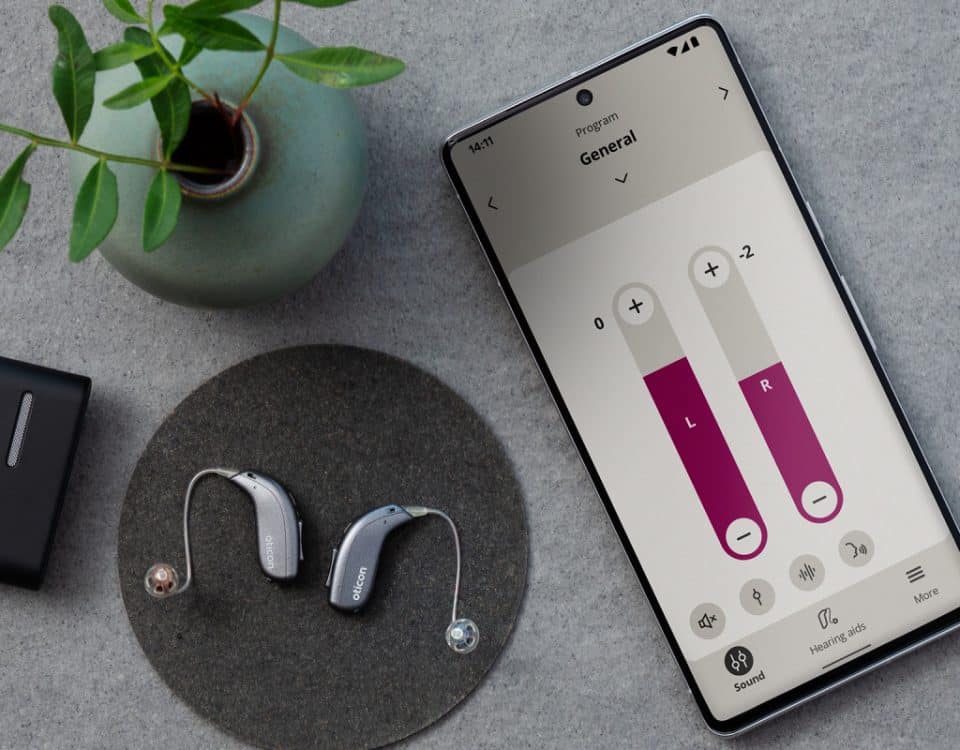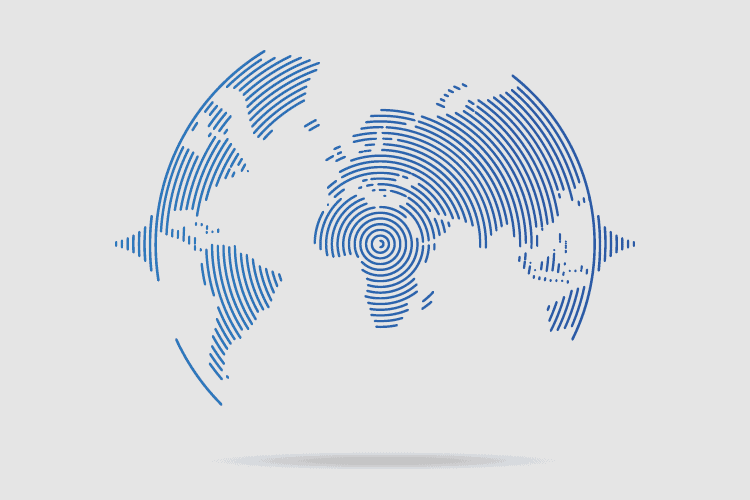
Wind and Handling Stabiliser
April 4, 2023
Hearing Aids & The Holiday Season
December 18, 2023Why do my ears hurt on a plane?
If you have ever been on a plane journey, you’ll know that by the time the pilot announces that the plane has begun its descent to your destination, your ears will have already given you this message. They start to feel a bit odd, either feeling blocked or painful.
It’s all due to pressure changes. As the plane starts to lose height, the pressure in the air around you changes. Until the pressure inside the tubes behind your eardrum adapts, the pressure inside and outside your ear is different. This pushes the eardrum in, stretching it and giving you pain. This is commonly known as aeroplane ear, and is a mild and temporary form of ear barotrauma.
What causes aeroplane ear pain?
The pain is caused by unequal pressure that develops between the air in the middle ear and the air outside the ear during take-offs and landings.
The small space in the middle ear behind the eardrum is normally filled with air. This air space is connected to the back of the nose by a tiny channel called the Eustachian tube. The air on either side of the eardrum should be at the same pressure. Air pressure is highest nearer the ground.
So as a plane descends, the air pressure becomes higher. This pushes the eardrum inwards which can be painful. To relieve this, the pressure ins the middle ear has to rise quickly too. Air needs to travel up the Eustachian tube into the middle ear to equalise the pressure.
Five Tips to Prevent Clogged Ears
- Buy filtered earplugs: These handy earplugs protect your ears from loud noises and help equalise external air pressure, reducing discomfort. You can often buy them in the airport gift shop.
- Swallow, yawn, chew, or suck on candy: These actions stimulate the muscles that open the Eustachian tubes, alleviating inner ear pressure.
- Do the Toynbee Manoeuvre (during take-off): Pinch your nose closed and take a few sips of water simultaneously to equalize ear pressure.
- Do the Valsalva Manoeuvre (during landing): Pinch your nose closed and gently blow air through your nose with a closed mouth to pop clogged ears.
- Take a nasal spray for congestion: If you have a cold, using an over-the-counter nasal spray 30 minutes before take-off and landing can help alleviate pressure.
Post-flight ear care
If your ears remain clogged after flying, try the Valsalva or Toynbee manoeuvres again. If those don’t work, steam your ears by placing your head over a bowl of boiling water with a towel draped over it. Adding a few drops of lavender oil or eucalyptus can help reduce pain.
When to consult a hearing care professional
Airplane ears aren’t dangerous, usually your ears will settle soon after landing. If the pain or clogging persists long after your flight and you can’t make your ears pop, it’s a good idea to consult a hearing care professional and get a hearing test.




